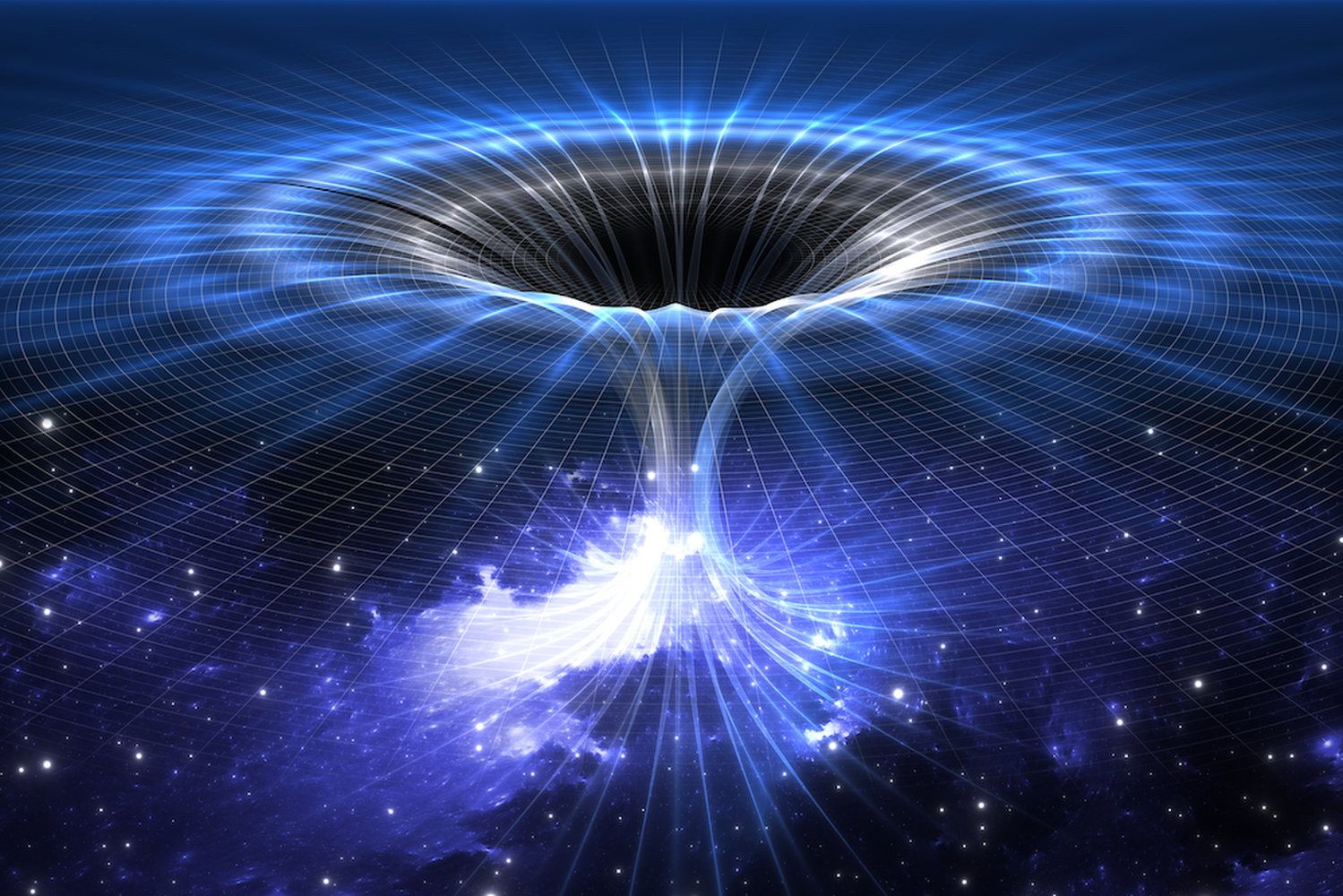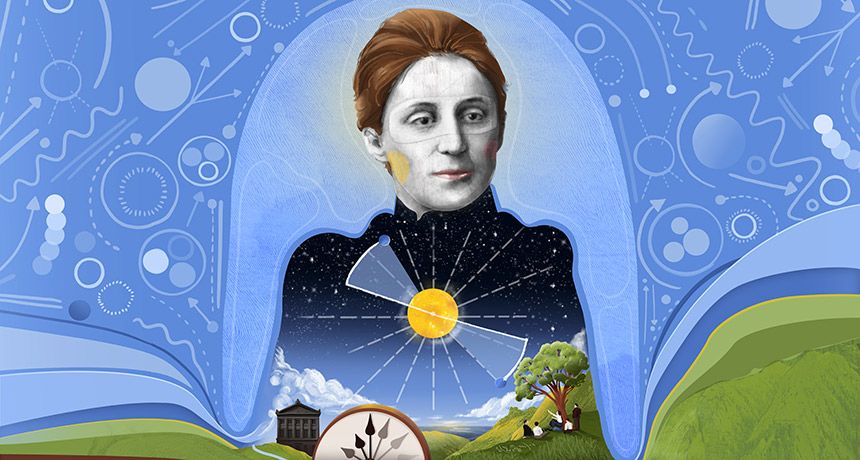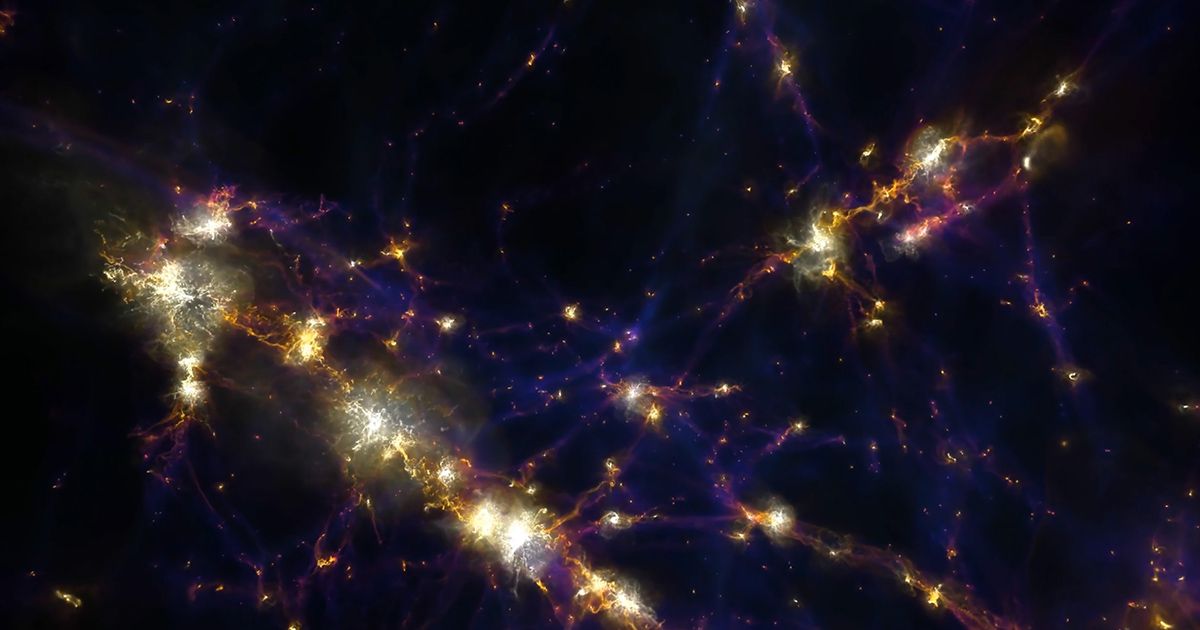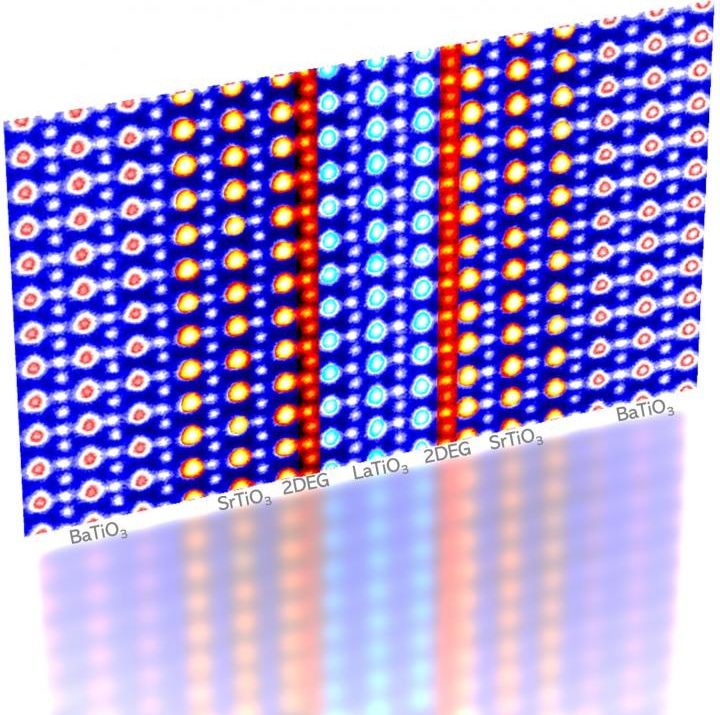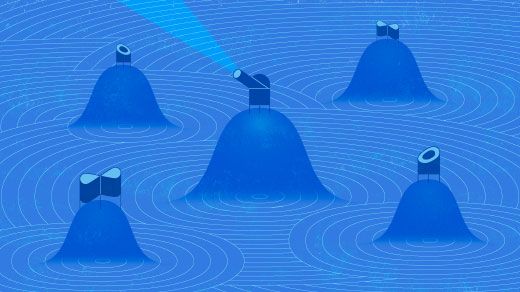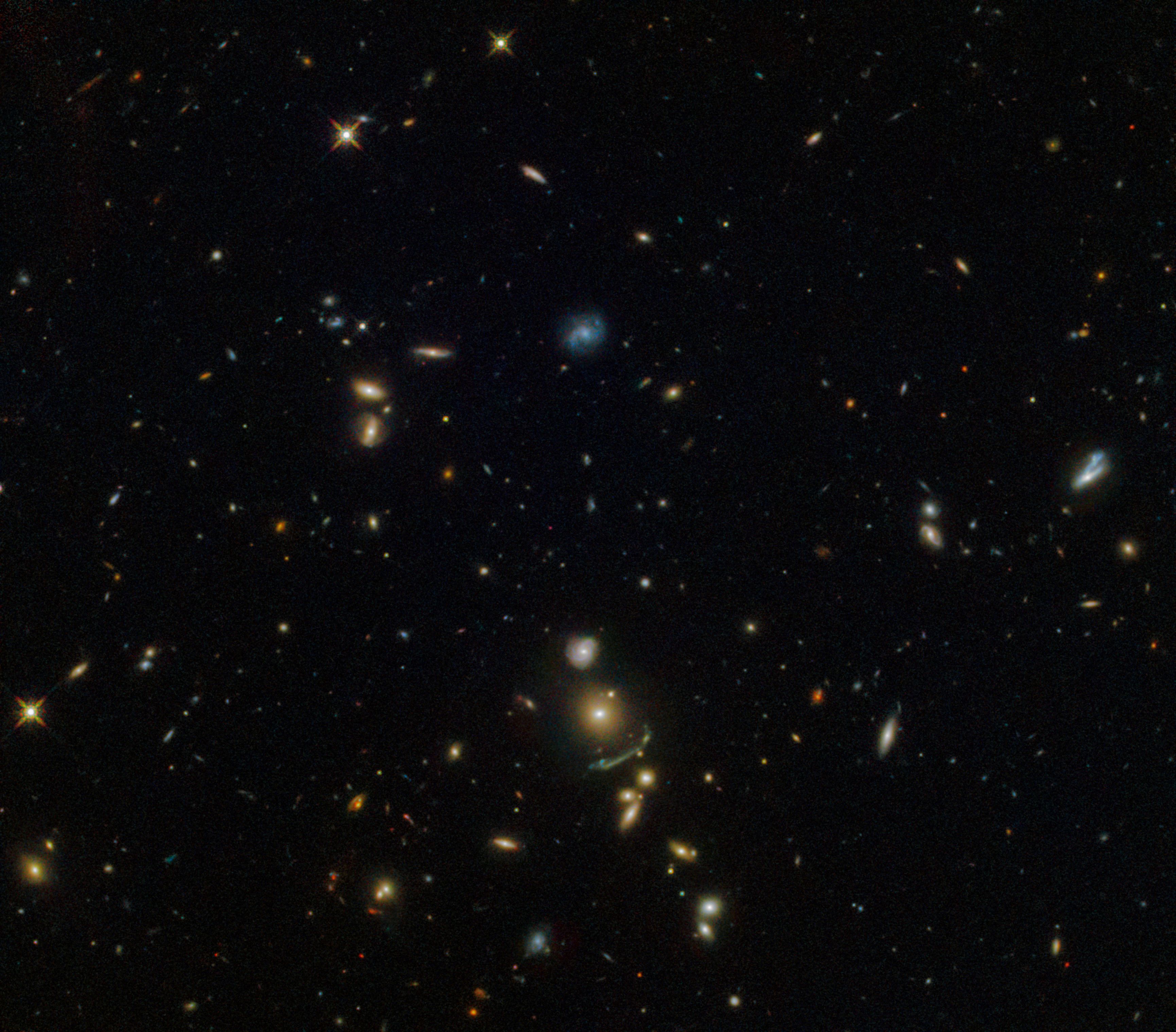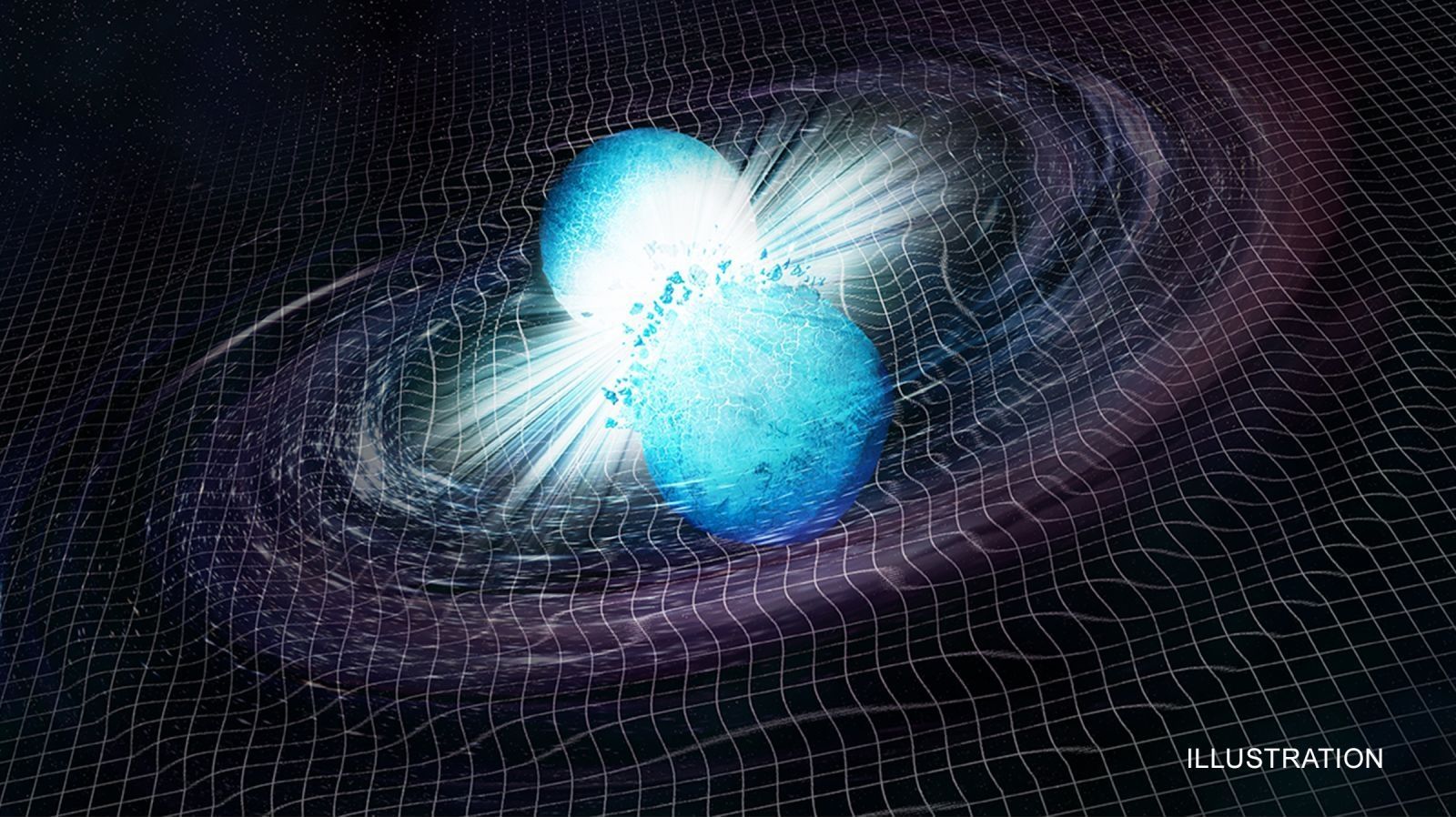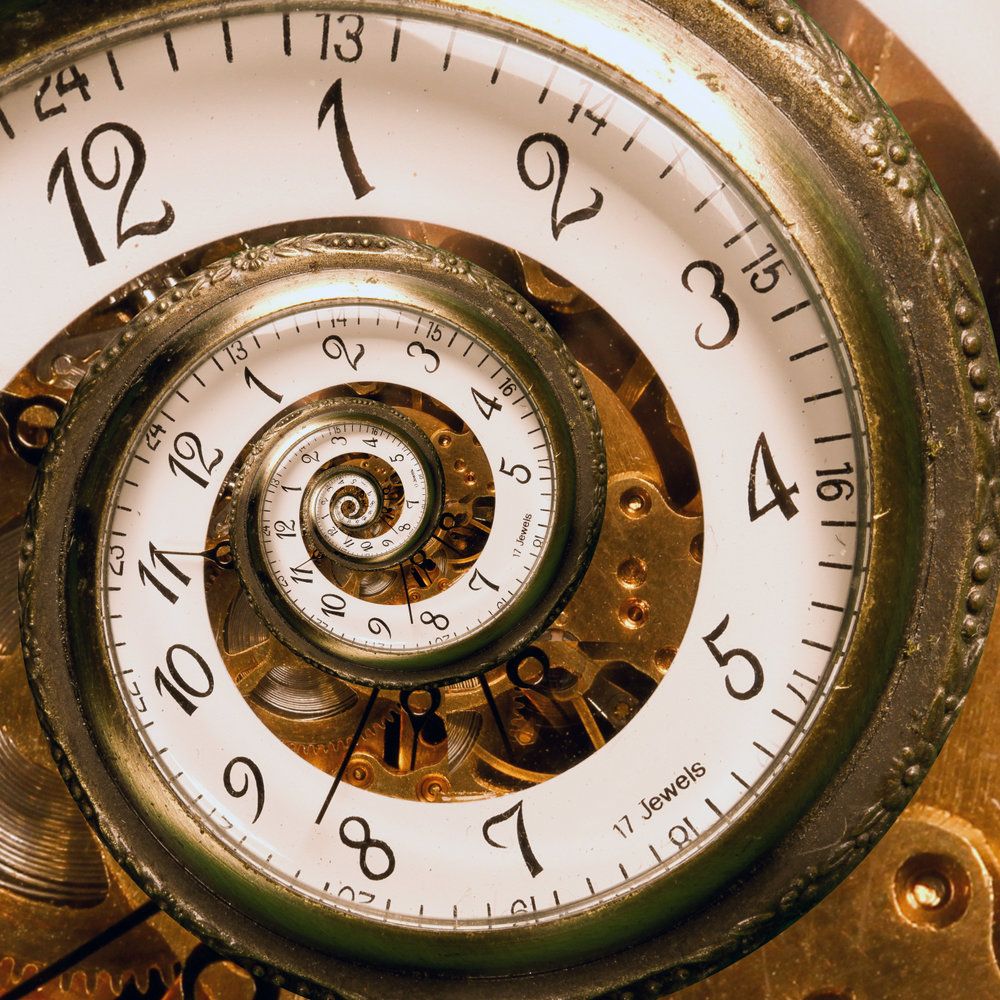Archive for the ‘physics’ category: Page 266
Jun 12, 2018
In her short life, mathematician Emmy Noether changed the face of physics
Posted by Genevieve Klien in categories: mathematics, physics
A century after she published a groundbreaking mathematical theory, Emmy Noether gets her due.
Jun 12, 2018
Coder-Physicists Are Simulating the Universe to Unlock Its Secrets
Posted by Genevieve Klien in categories: computing, cosmology, physics
Computer simulations have become so accurate that cosmologists can now use them to study dark matter, supermassive black holes and other mysteries of the real evolving cosmos.
Jun 10, 2018
Rutgers physicists create new class of 2D artificial materials
Posted by Genevieve Klien in categories: materials, physics
In 1965, a renowned Princeton University physicist theorized that ferroelectric metals could conduct electricity despite not existing in nature.
For decades, scientists thought it would be impossible to prove the theory by Philip W. Anderson, who shared the 1977 Nobel Prize in physics. It was like trying to blend fire and water, but a Rutgers-led international team of scientists has verified the theory and their findings are published online in Nature Communications.
“It’s exciting,” said Jak Chakhalian, a team leader of the study and Professor Claud Lovelace Endowed Chair in Experimental Physics at Rutgers University-New Brunswick. “We created a new class of two-dimensional artificial materials with ferroelectric-like properties at room temperature that don’t exist in nature yet can conduct electricity. It’s an important link between a theory and an experiment.”
Jun 9, 2018
MIT fed an AI data from Reddit, and now it thinks of nothing but murder
Posted by Takayuki Sugano in categories: drones, ethics, information science, military, physics, robotics/AI
The point of the experiment was to show how easy it is to bias any artificial intelligence if you train it on biased data. The team wisely didn’t speculate about whether exposure to graphic content changes the way a human thinks. They’ve done other experiments in the same vein, too, using AI to write horror stories, create terrifying images, judge moral decisions, and even induce empathy. This kind of research is important. We should be asking the same questions of artificial intelligence as we do of any other technology because it is far too easy for unintended consequences to hurt the people the system wasn’t designed to see. Naturally, this is the basis of sci-fi: imagining possible futures and showing what could lead us there. Issac Asimov gave wrote the “Three Laws of Robotics” because he wanted to imagine what might happen if they were contravened.
Even though artificial intelligence isn’t a new field, we’re a long, long way from producing something that, as Gideon Lewis-Kraus wrote in The New York Times Magazine, can “demonstrate a facility with the implicit, the interpretive.” But it still hasn’t undergone the kind of reckoning that causes a discipline to grow up. Physics, you recall, gave us the atom bomb, and every person who becomes a physicist knows they might be called on to help create something that could fundamentally alter the world. Computer scientists are beginning to realize this, too. At Google this year, 5,000 employees protested and a host of employees resigned from the company because of its involvement with Project Maven, a Pentagon initiative that uses machine learning to improve the accuracy of drone strikes.
Norman is just a thought experiment, but the questions it raises about machine learning algorithms making judgments and decisions based on biased data are urgent and necessary. Those systems, for example, are already used in credit underwriting, deciding whether or not loans are worth guaranteeing. What if an algorithm decides you shouldn’t buy a house or a car? To whom do you appeal? What if you’re not white and a piece of software predicts you’ll commit a crime because of that? There are many, many open questions. Norman’s role is to help us figure out their answers.
Continue reading “MIT fed an AI data from Reddit, and now it thinks of nothing but murder” »
Jun 4, 2018
There Are No Laws of Physics. There’s Only the Landscape
Posted by Genevieve Klien in categories: mathematics, physics
Scientists seek a single description of reality. But modern physics allows for many different descriptions, many equivalent to one another, connected through a vast landscape of mathematical possibility.
This NASA/ESA Hubble Space Telescope image shows a cluster of hundreds of galaxies located about 7.5 billion light-years from Earth. The brightest galaxy within this cluster, named SDSS J1156+1911, is visible in the lower middle of the frame. It was discovered by the Sloan Giant Arcs Survey, which studied data maps covering huge parts of the sky from the Sloan Digital Sky Survey. The survey found more than 70 galaxies that look to be significantly affected by a cosmic phenomenon known as gravitational lensing.
Gravitational lensing is one of the predictions of Albert Einstein’s General Theory of Relativity. The mass contained within a galaxy is so immense that it can actually warp and bend the very fabric of its surroundings (known as space-time), forcing light to travel along curved paths. As a result, the image of a more distant galaxy appears distorted and amplified to an observer, as the light from it has been bent around the intervening galaxy. This effect can be very useful in astronomy, allowing astronomers to see galaxies that are either obscured or too distant to be otherwise detected by our current instruments.
Galaxy clusters are giant structures containing hundreds to thousands of galaxies, some with masses over one million billion times the mass of the Sun! SDSS J1156+1911 is only roughly 600 billion times the mass of the Sun, making it less massive than the average galaxy. However, it is massive enough to produce the fuzzy, greenish streak seen just below the brightest galaxy — the lensed image of a more distant galaxy.
Jun 2, 2018
Colliding Neutron Stars Likely Birthed a Baby Black Hole
Posted by Genevieve Klien in categories: cosmology, physics
On August 17, 2017, astronomers witnessed an extraordinary celestial event: a collision between two ultra-dense neutron stars. Scientists had never seen anything quite like it, leading to much speculation as to what happened in the wake of the monumental encounter. New research now suggests the collision produced a black hole—but if true, it would be the lightest black hole known to science.
The thought of two neutron stars smashing into each other is nothing short of astounding. Neutron stars are stellar corpses—the remnants supernovae—and they cram a huge amount of mass into a ludicrously small sphere. Typical neutron stars are only as wide as a large city, but they’re about a half million times more massive than Earth, or about two solar masses.
A collision of two neutron stars may seem unlikely, but it happened. Data from the Laser Interferometer Gravitational Wave Observatory (LIGO) and the Virgo interferometer showed that shit got completely wild in the moments leading up to the colossal smash up. For a period of about two minutes, the binary pair spiraled around each other with unimaginable speed, spewing gravitational waves into the cosmic void. Each orbit brought the pair closer together, culminating in a collision that produced a giant shockwave.
Continue reading “Colliding Neutron Stars Likely Birthed a Baby Black Hole” »
May 29, 2018
Researchers discover one of the most massive neutron stars
Posted by Genevieve Klien in categories: physics, space
Using a pioneering method, researchers from the Astronomy and Astrophysics Group of the UPC and the Canary Islands Institute of Astrophysics (IAC) have found a neutron star of about 2.3 solar masses—one of the most massive ever detected. The study was published on the 23rd of May in the Astrophysical Journal and opens a new path of knowledge in many fields of astrophysics and nuclear physics.
Neutron stars (often called pulsars) are stellar remnants that have reached the end of their evolutionary life: they result from the death of a star of between 10 and 30 solar masses. Despite their small size (about 20 kilometres in diameter), neutron stars have more mass than the sun, so they are extremely dense.
Researchers from the Universitat Politècnica de Catalunya (UPC) and the Canary Islands Institute of Astrophysics (IAC) used an innovative method to measure the mass of one of the heaviest neutron stars known to date. Discovered in 2011 and called PSR J2215+5135, with about 2.3 solar masses it is one of the most massive of the more than 2,000 neutron stars known to date. Although a study published in 2011 reported evidence of a neutron star with 2.4 solar masses, the most massive neutron stars that had previously achieved a consensus among scientists, reported in 2010 and 2013, have 2 solar masses.
A lot can happen in a second; you could meet a stranger, snap your fingers, fall in love, fall asleep, sneeze. But what is a second, really — and is it as precise as we think it is?
Right now, the most-precise clocks used to tell global time have an error of about 1 second every 300 million years — so a clock that started ticking in the time of the dinosaurs wouldn’t be off by even a second today. But scientists think we can do better. [The 18 Biggest Unsolved Mysteries in Physics]
So, they are looking to lutetium, a neglected rare-earth element that has been gathering dust at the bottom of the periodic table, according to a new study published April 25 in the journal Nature Communications.
